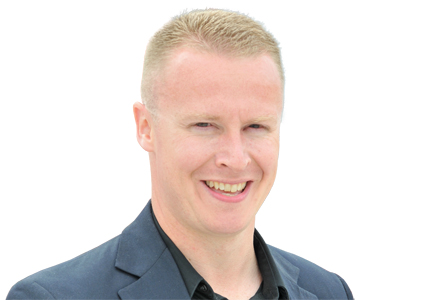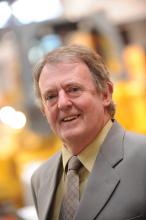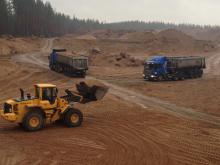
Walking around the
As well as offering plenty to illustrate how OEMs had listened to their customers’ repeated calls for models offering more working efficiencies, higher productivity and longer uptime, exhibitors and visitors at the world’s biggest working quarry-based show were full of optimism about the quarrying sector overall; far more so, it felt, than when I was at the previous event in 2012.
Some of this optimism could be considered UK-centric, with the British economy performing better than many in the Eurozone, and aggregate demand set to increase thanks to the Government’s €125.8 billion [£100 billion] investment in new infrastructure from 2015-2020. New tax incentives for SME quarry sector firms have also helped stimulate fleet investment.
However, there is also some optimism, and steely resolve, that could lead to growth across Europe as a whole. While there was doubt whether
And
In my former role as Assistant Editor of World Highways, Aggregates Business Europe’s fellow Route One Publishing magazine, I worked on stories covering huge road and bridge building projects in Eastern Europe, all requiring thousands of tonnes of aggregate-based materials. Much of the aggregates demand is fuelled by governments: such as that of Russian President Vladimir Putin, spending billions of euros on new transport and building infrastructure, in Russia’s case for the World Cup in 2018 and this year’s Winter Olympics in Sochi. Other big infrastructure investors that have and will continue to create aggregates sector business opportunities include Poland and the Baltic States of Lithuania, Latvia and Estonia.
Furthermore, the much publicised and imminent €30 billion
To end my first column as Aggregates Business Europe-Aggregates Business International Editor, I’d very much like to thank my predecessor, Patrick Smith, who was such a personable, knowledgeable and dedicated Editor (of Aggregates Business Europe and Aggregates Business International). I will be drawing on his industry insight and appreciating his hard work in his new role as Executive Editor as we, and the rest of the Route One Publishing team, strive to continue making both magazines THE must-reads for everyone in quarrying, recycling and heavy construction.








